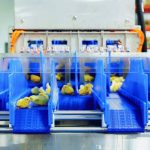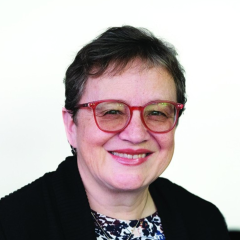
Managing through a dairy barn retrofit
Human factors were the most challenging part of dealing with a change from a tie-stall to freestall with robotic milking on this Quebec farm

Quebec hatcheries automate chick sexing
WingScan device uses artificial intelligence to recognize chick wings

Eye Breed technology helps with inseminator shortage
The product limits the need for palpating cows as users can watch the inside of the cow during insemination

Why group calf housing continues to grow
Labour efficiency, strong growth and socialization are reasons why farmers choose group housing of calves

Why individual calf housing continues to be popular
Disease management and individual feeding are reasons farmers use individual calf hutches

Managing cross ventilation with the right baffles
Adding baffles meant removal of two large cross ventilation fans at this farm

Dairy cows need to be optimized for resting time
Cows need to lie down for 12 hours to maximize milk production

Strategically feed the robot
Feeding more in the milking robot doesn’t mean more visits by cows

Cows managed precisely in new robot milking barn
Cows can be sorted in five different directions out of the robot

Reducing dairy methane starts with feed
AAFC researcher reviews what farmers can do to mitigate methane

